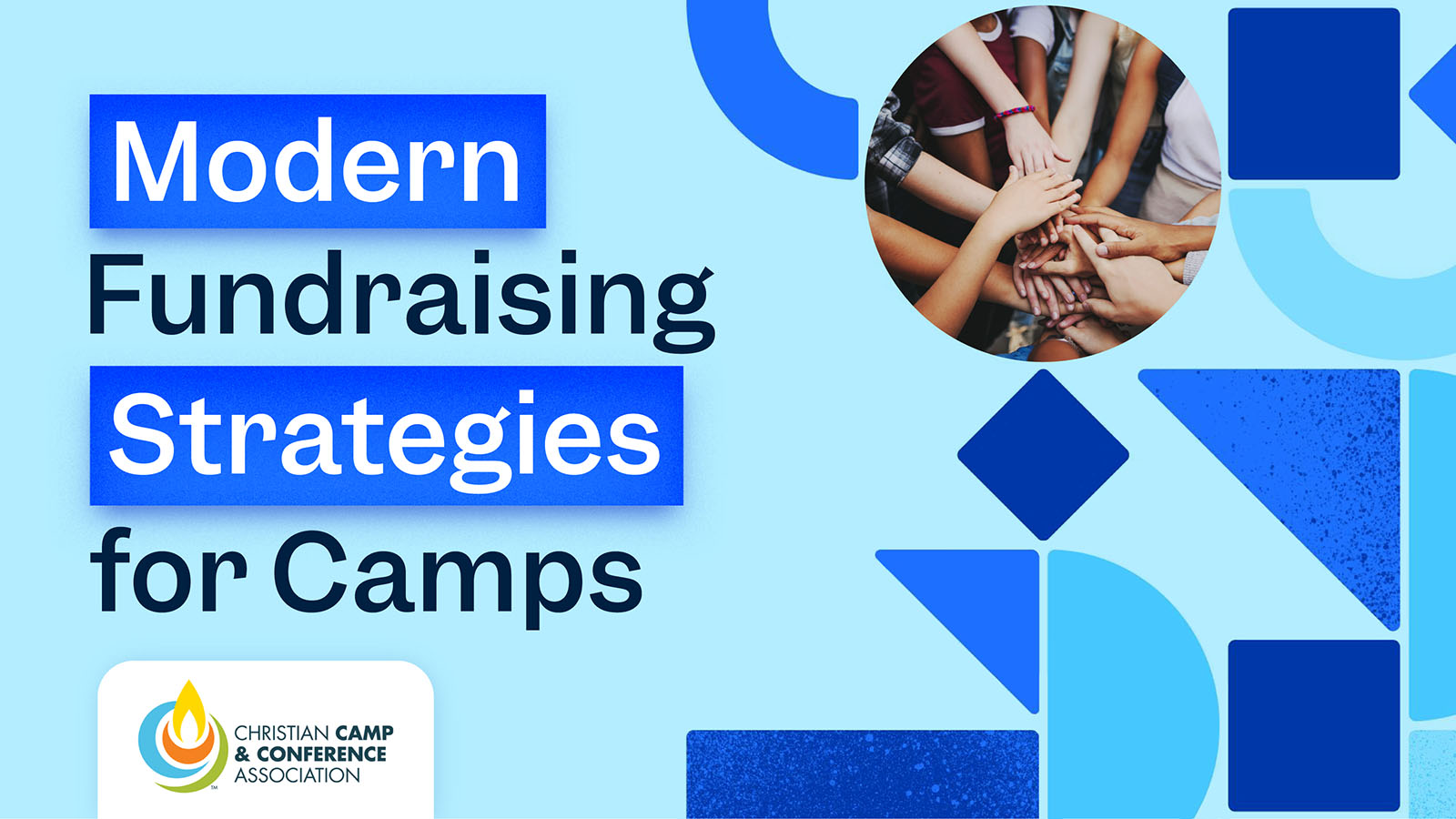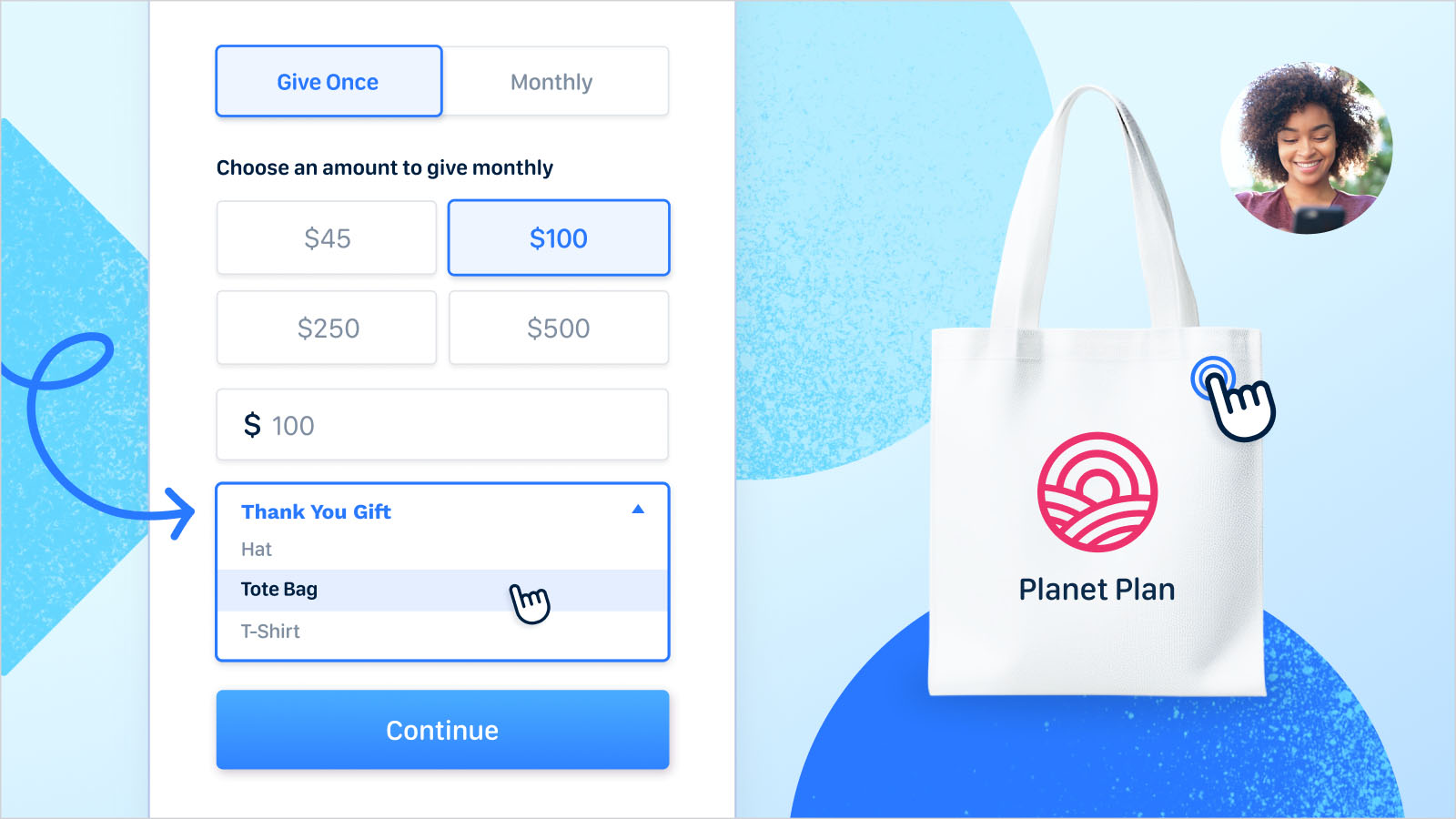Employer matching gifts are an awesome fundraising strategy that increases both individual and corporate contributions. However, this source of funding is continually underutilized each year. Why?
The biggest roadblock: a lack of awareness among donors. Individuals have no idea whether their employers are willing to match their charitable gifts. And with the level of job movement we’ve seen since 2021 (sometimes referred to as the Great Resignation), company matching status can become even more difficult to keep track of.
In this article, we’ll explore the following questions:
- What is the Great Resignation?
- How does the Great Resignation affect matching gifts?
- What are job switching and matching gift best practices?
Ready to uncover key information regarding the Great Resignation, how job migration impacts typical matching gift efforts, and what you can do as a nonprofit fundraiser to make the most of this season of change? Let’s dive in!
What is the Great Resignation?
The Great Resignation is the social and economic phenomenon that started in 2021 in which there are higher rates of job movement than ever before. While it doesn’t appear that the majority of individuals are leaving the workforce altogether, millions of staff are going from one job to another each month, sometimes switching industries as well.
There are a ton of reasons why people are seeking new employment opportunities. Here are a few leading causes:
- Job flexibility: During the pandemic, and even before, flexibility (and the ability to adapt to changing circumstances) became a must in the workplace. Employees want more autonomy over their schedules, the ability to conduct business remotely, and the effect of their work in the larger community.
- Employee benefits: Many individuals are beginning to recognize the value of employee benefits (including medical insurance and paid time off) over higher levels of base pay.
- Corporate philanthropy: Another type of benefit—philanthropic benefits—are increasing in demand as well. This typically includes workplace giving programs (such as matching gifts or employee stipends), corporate volunteerism (such as volunteer grants or paid volunteer time off), and transparency of business practices, and just plain old solid corporate values.
Employees are shifting their priorities in hordes. In order to attract and retain talent, corporations are needing to meet these expectations and demands. And when they don’t, their employees leave to find companies that do.
How does the Great Resignation affect matching gifts?
That’s clearly a significant portion of the workforce. However, when people leave their jobs or move to different companies, they may change their match-eligible status. This might mean more—or fewer—gift matches for your organization.
Especially when it comes to recurring gifts, where donors may have "set it and forget it", you'll need to intentionally get their attention so there's no unnecessary loss of income.
TL;DR: In order to retain (and even boost) match revenue for your nonprofit, it’s a good idea to take a proactive approach.
What are job switching and matching gift best practices?
Increased job movement may hinder your organization’s matching gift revenue if you don’t get ahead of the curve with strategic donor communication. Consider these best practices on how to make the most of the situation!
1. Determine your donors’ new employers.
Unfortunately, many companies that have gift matching programs fail to communicate these available opportunities to their employees. So if a donor has recently started up at a new job, they might have no idea whether their gifts are matchable! And it often falls on the nonprofit organization to increase awareness about these programs, including communicating any changes when donors transfer from one company to another.
For your highest-value donors, you may be able to use LinkedIn and other networking sites to keep up to date on employers. But if you have thousands of small and mid-sized contributors, it might not be the best use of time and resources to research each supporter’s current workplace manually.
In order to collect information from a large number of individuals in a time-efficient manner, consider asking your supporters directly. For example, you might incorporate an optional field in your donation forms asking donors to enter their employer’s name or send out a survey, allowing recipients to respond with their employment information.
2. Send targeted donor outreach with workplace giving details.
After completing step 1 of the process, you should have a better idea of where your donors are working and whether they’ve changed jobs recently. If you have this information on hand, make sure to send personalized outreach with new company program details.
Consider these two common scenarios and the differing approaches you might take with each:
- If a donor is eligible for the first time, provide ample background information on matching gifts, why they’re important, and how the process works. Then, include company-specific program guidelines and next steps to encourage them to submit a request with their employer.
- If a donor is eligible with a new company but has been previously eligible before, be sure to highlight any changes between the programs. For example, you’d want to communicate if their new employer has higher or lower minimums and maximums, differing match ratios, or alternative submission deadlines.
You can encourage eligible donors to request a match with strategic outreach through a number of different touchpoints—including your donation confirmation emails, thank-you messages, and dedicated matching gift communications.
Just remember, the more personalized your messaging, the better recipients tend to respond. Try something like this:
“Congratulations on the new job, Ben! Did you know that the Home Depot matches employee gifts between $25 and $3,000? Find out how to request your company match here!”
3. Encourage donors to look into employers’ giving programs.
Even after steps 1 and 2, you might not know where a segment of your donors work (or if they’ve changed workplaces recently). If you’re unsure of their employers or are aware of their employers but unaware of the companies’ matching gift program availability, here are a few things you can do.
Provide access to a matching gift company database.
Ask them to reach out to their employer for more information.
You might still be unsure about a donor’s matching gift eligibility (mainly through a new employer, but it can also be relevant for long-time employees exploring matching gifts for the first time). If the information is not available in your matching gift database, ask the individual to reach out to their employer for additional information. This might be a manager, HR personnel, or another member of leadership who can provide details about their matching gift program existence or direct employees to appropriate resources.
The best advice we can offer
If there were a secret to achieving a high level of company matching gift compliance, it would be this: frequent, consistent messaging to your donors.
Never underestimate how many touches it takes to get people to sit up and take notice. And then how many often you need to remind donors so they'll continue doubling their donations.
Incorporating strategic matching gift practices—including staying up-to-date on donors’ employment—can help you maximize your fundraising efforts and do more for your mission. The world around us is constantly (and quickly) changing, and it pays to stay on top of fundraising developments like these. Good luck!































.webp)
.webp)











.webp)
.webp)

.webp)
.webp)
.webp)




